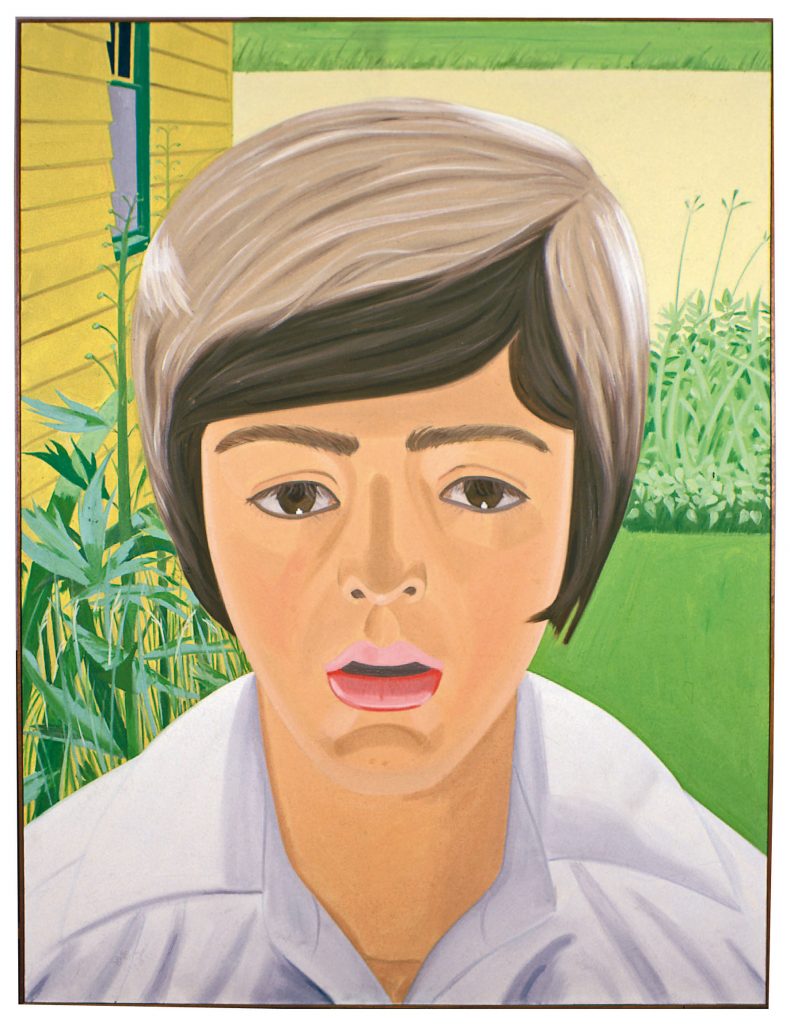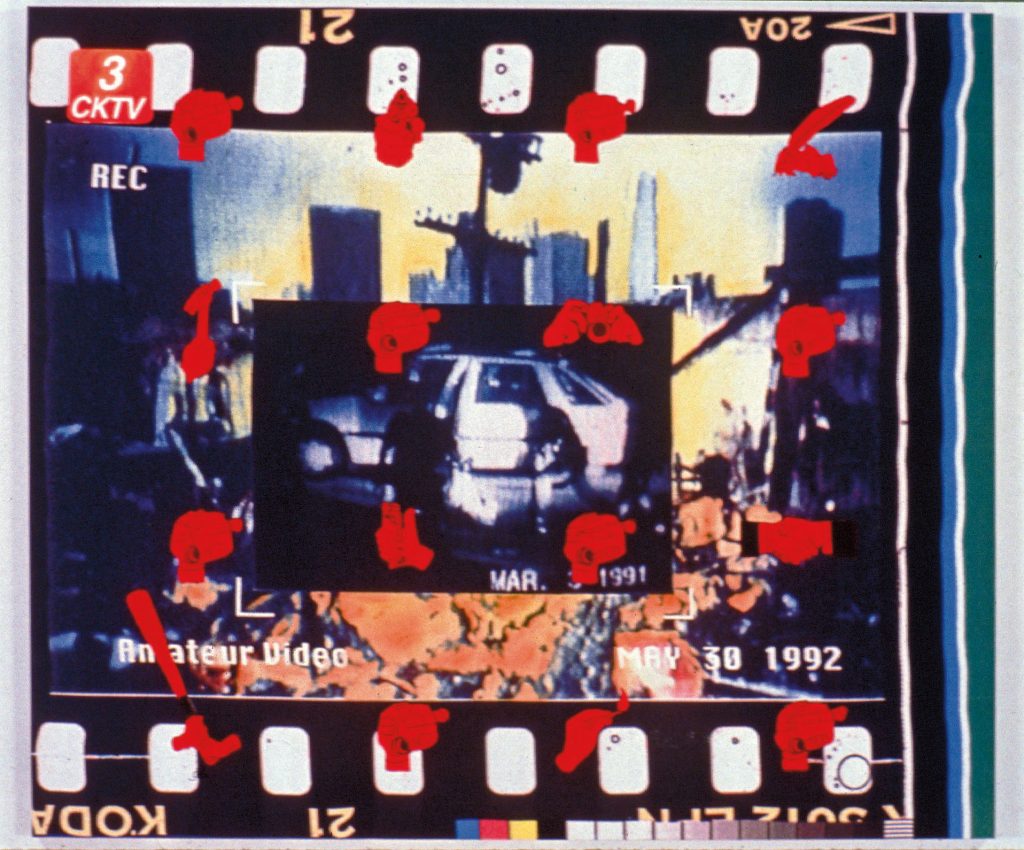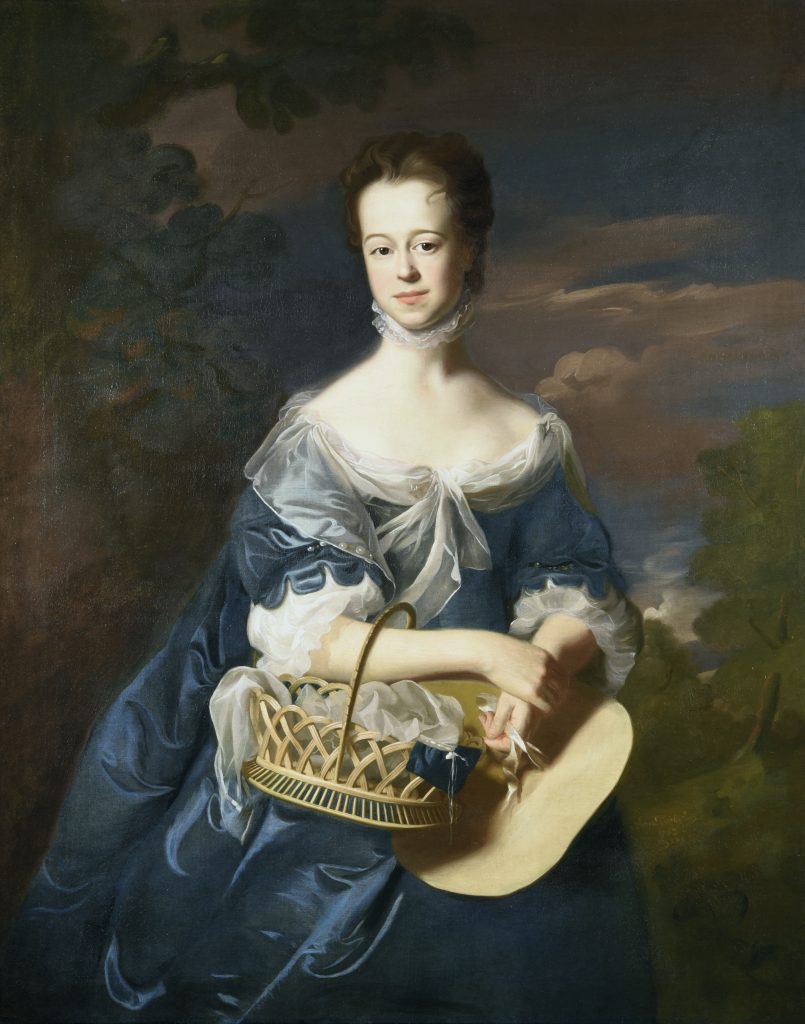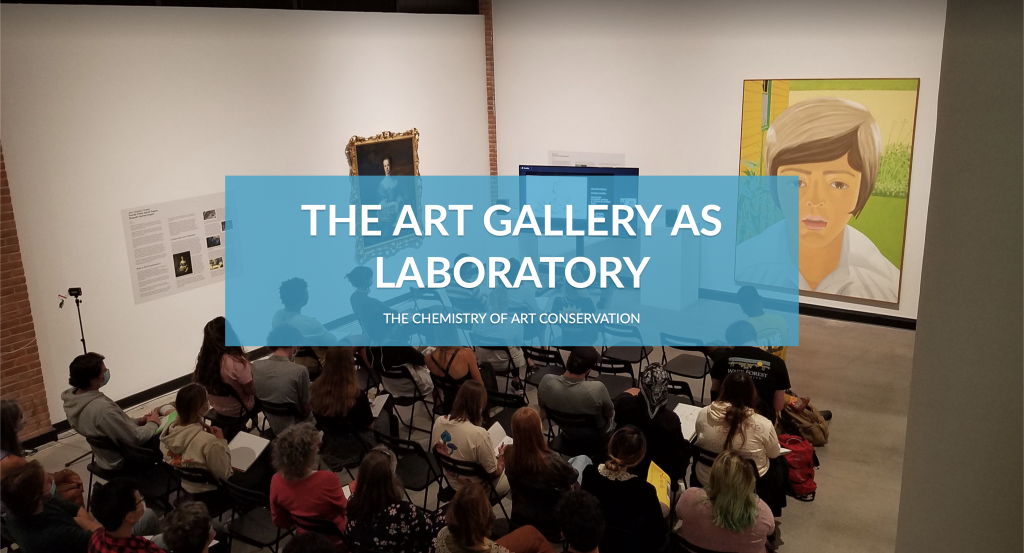
What is Art Conservation?
Art conservation is the preservation of art and objects of cultural heritage through Examination, Documentation, Treatment, and Prevention.
The intention of art conservation is to improve the condition of an artwork by stabilizing physical condition problems and addressing surface disfigurement arising from deterioration or damage. In doing so, the conservator strives to retain the original material as much as possible and to employ the most carefully considered methods available.
Conservator Ruth Cox on the Treatment of the Portrait of Mrs. Daniel Rogers (1762) by John Singleton Copley
Examination + Documentation
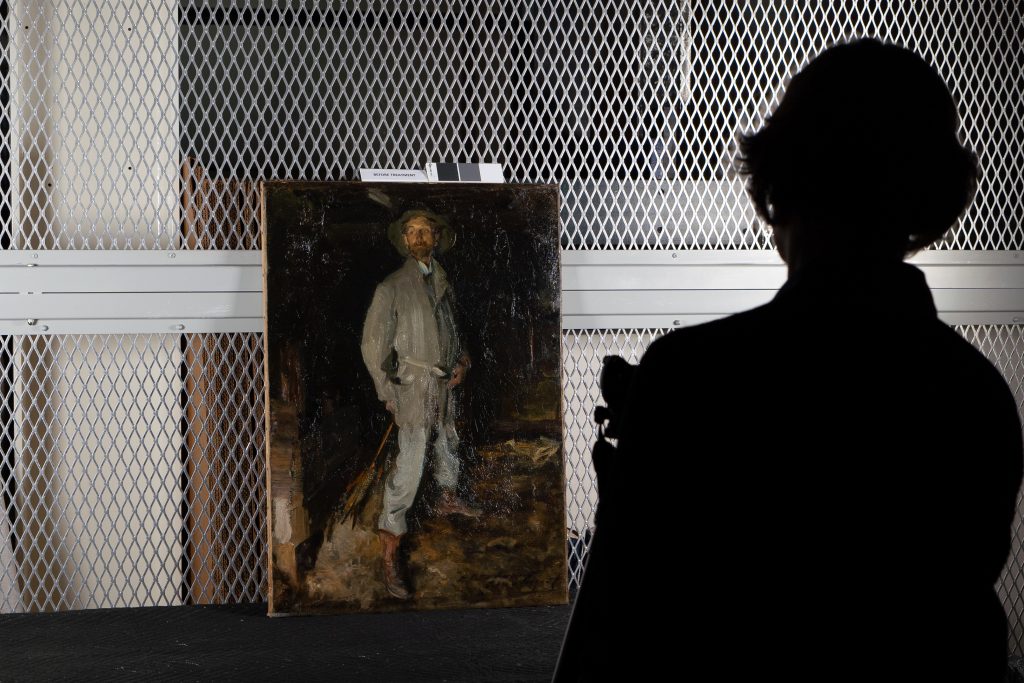
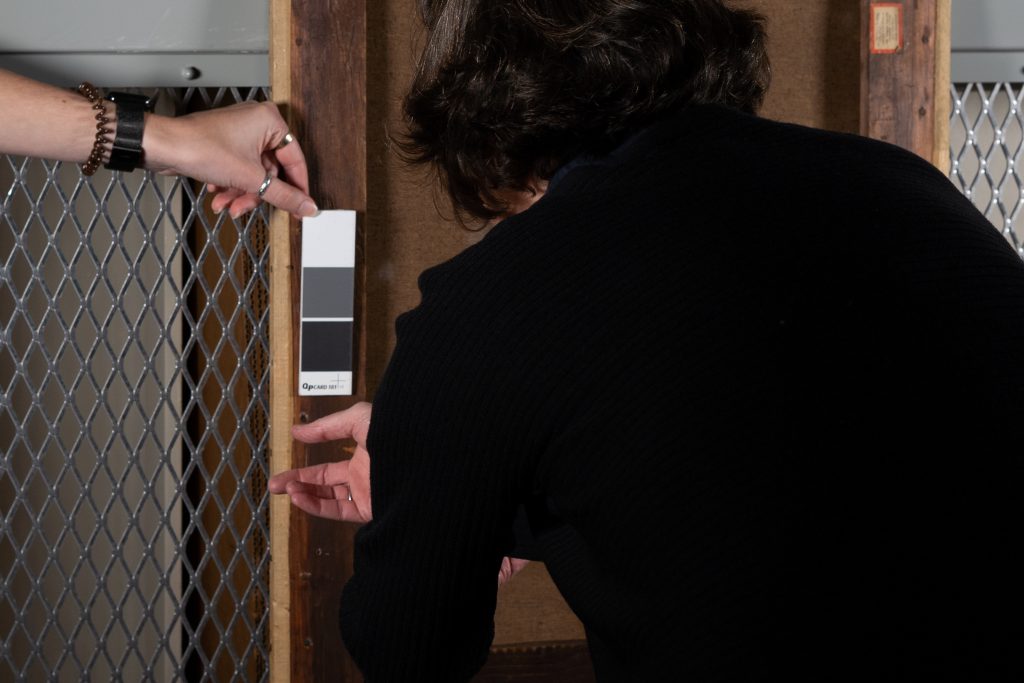
Each project begins with an in-depth examination by a conservator. The visual examination, coupled with advanced knowledge of art history and artistic techniques, brings understanding to what the artwork is, how it was made, and its condition issues.
Conservators use photo documentation and write detailed condition and treatment reports for every artwork. This documentation becomes a part of the artwork’s permanent record.
Treatment
Conservation treatments are undertaken to repair, stabilize, or otherwise preserve an artwork. Modern conservation practices approach the original object and the intentions of the person or people who created it with great respect. Wherever possible, conservation techniques are stable and reversible. They are also well-integrated visually, but distinguishable from the original material by a trained eye.

Carter Kustera (1962)
Based On A True Story #12: Mass Hypnosis: Rodney King/L.A. Riot, 1992–93
Latex on canvas
Mark H. Reece Collection of Student Acquired Contemporary Art
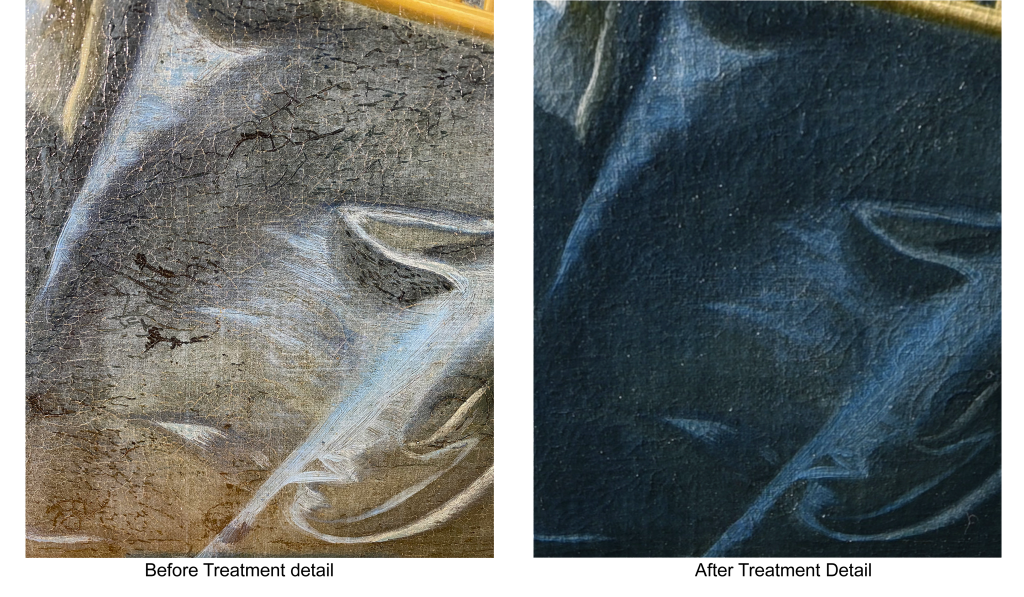
John Singleton Copley (1738 – 1815)
Portrait of Mrs. Daniel Rogers (Elizabeth Gorham Rogers), 1762
Oil on Canvas
The Philip and Charlotte Hanes Wake Forest University Art Collection
Conservation Projects
Click on the images to see the before and after treatment photos
Alex Katz
Vincent with Open Mouth
1970
Oil on Canvas
Mark H. Reece Collection of Student Acquired Contemporary Art
Carter Kustera (1962)
Based On A True Story #12: Mass Hypnosis: Rodney King/L.A. Riot, 1992–93
Latex on canvas
Mark H. Reece Collection of Student Acquired Contemporary Art
John Singleton Copley (1738 – 1815)
Portrait of Mrs. Daniel Rogers (Elizabeth Gorham Rogers)
1762
Oil on Canvas
The Philip and Charlotte Hanes Wake Forest University Art Collection
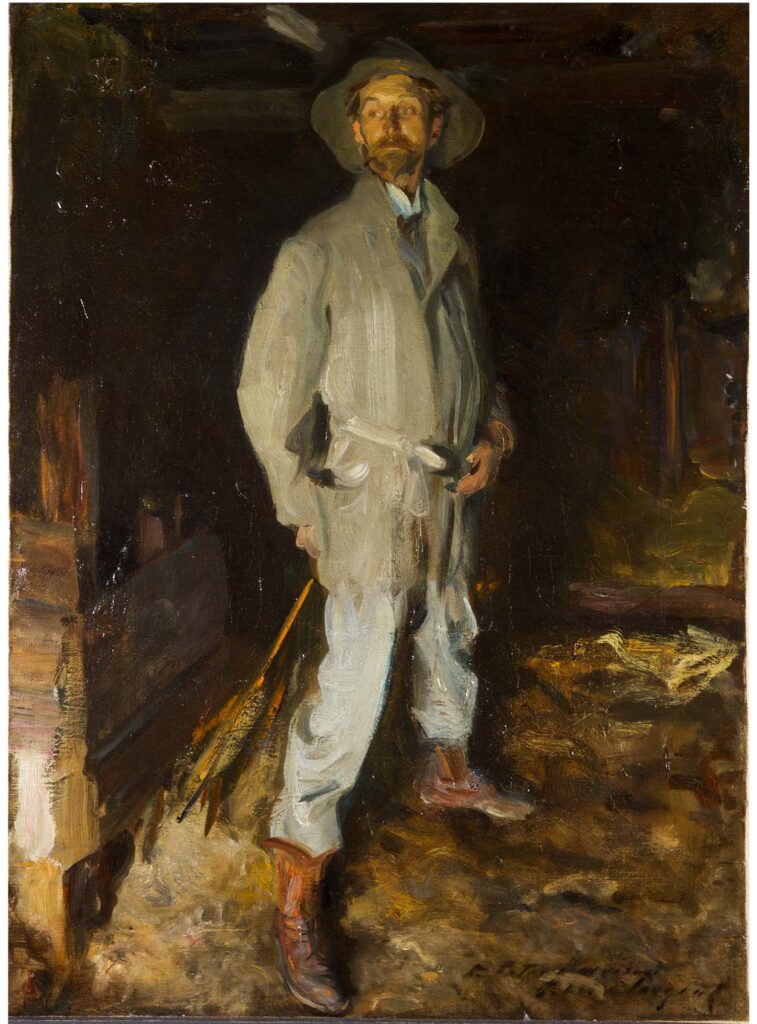
John Singer Sargent (1856 – 1925)
Portrait of L.A. Harrison, Esquire
No Date
Oil on Canvas
Gift of Anna Hanes Chatham to Wake Forest University, General Collection
Preventative Conservation
Art and objects of cultural heritage are subject to deterioration through ten external factors, called the ten “agents of deterioration.” Agents of deterioration include fire, water, direct physical forces, incorrect temperature, incorrect relative humidity, pests or mold, thieves or vandals, dissociation (when information for an object is lost due to poor collection management), light, and pollutants. By mitigating the influence of these agents, collections can be protected from damage. Actions that mitigate agents of deterioration are called Preventive Conservation and they include environmental monitoring, pest management, security, storage and display, disaster response, and safe handling techniques.

